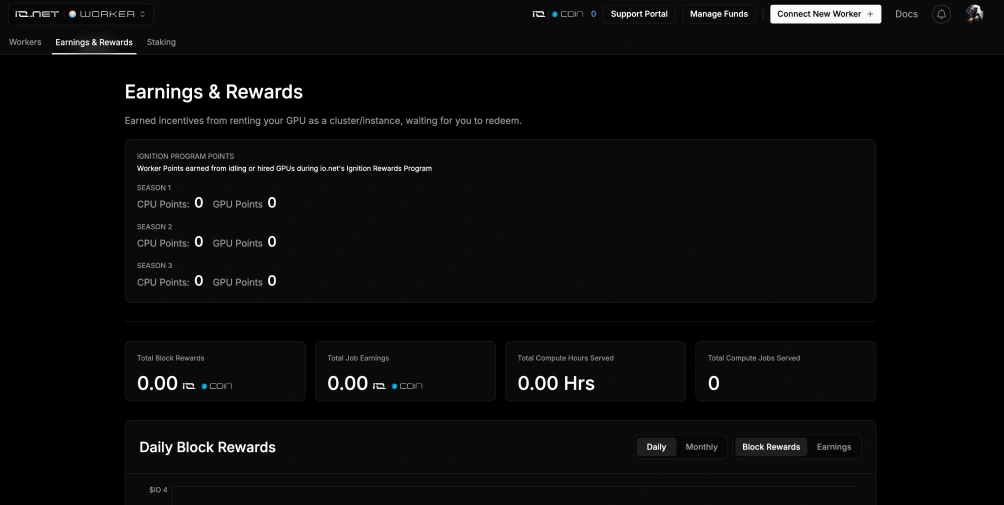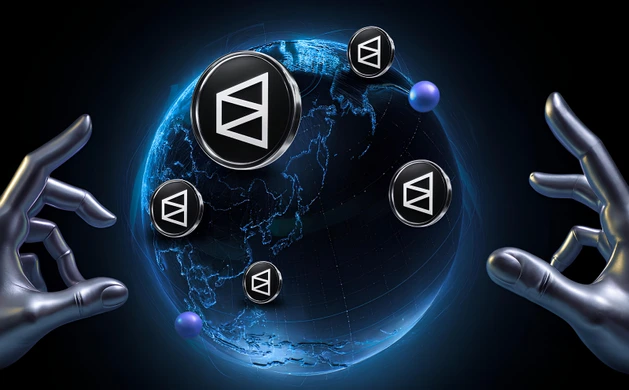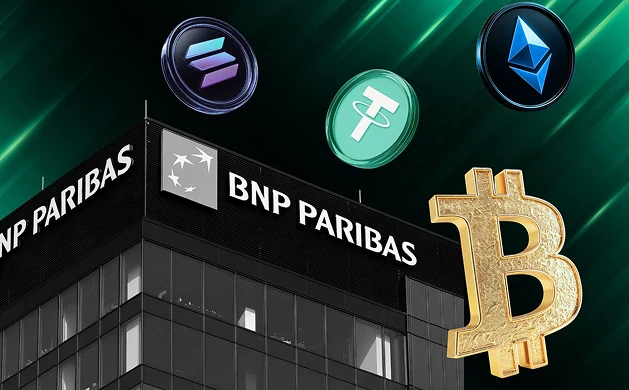IO.NET: Decentralizing GPU Power for the AI Era

Summary: IO.NET redefines AI compute by decentralizing GPU resources into a global, permissionless marketplace, making high performance computing more accessible and capital efficient.
Powered by its tokenomics, including $IO rewards, staking incentives, and deflationary mechanisms, IO.NET aligns economic interests across users, suppliers, and holders, reshaping the future of AI infrastructure and compute accessibility.
What is IO.NET?
IO.NET is a decentralized GPU network designed to solve the growing demand for high-performance computing in AI and machine learning. By turning underutilized GPUs from data centers, crypto miners, and individuals into a global network, IO.NET offers a cost-effective and flexible alternative to traditional cloud providers.
With its decentralized model, IO.NET addresses critical barriers like high costs, hardware shortages, and inflexible contracts. Suppliers monetize unused hardware through $IO token rewards, while users gain fast, scalable access to GPU clusters tailored for tasks like model training and inference.
By aligning incentives across its ecosystem, IO.NET empowers innovation in AI by making compute resources more accessible, efficient, and affordable than ever before.

Understanding Computer Resource Sharing
The demand for GPUs in AI and machine learning has outpaced traditional cloud providers, leaving startups and smaller teams struggling with high costs and limited availability. These challenges threaten to bottleneck innovation at a time when scalable compute is more crucial than ever.
IO.NET addresses these issues through decentralized resource sharing, transforming idle GPUs into a globally distributed compute marketplace. This reduces costs, improves flexibility, and expands access to AI compute power monopolized by centralized providers like NVIDIA.
With IO.NET, resource sharing is no longer a constraint but a catalyst for accelerating innovation in AI and machine learning.

IO.NET Products and Features
To facilitate this transformation, IO.NET offers a suite of specialized tools tailored to both users and suppliers. Each product is engineered for efficiency, scalability, and integration with machine learning workflows.
IO Cloud
IO Cloud provides an interface for deploying decentralized GPU clusters. Users can specify hardware type, geographic location, and security compliance while seamlessly integrating with frameworks like TensorFlow, PyTorch, and Ray.
Clusters are operational in under 90 seconds, offering rapid, scalable, and cost-efficient compute for AI training, inference, and hyperparameter tuning.

IO Worker
IO Worker enables GPU suppliers to connect their devices to the IO.NET network. Suppliers can monitor real-time performance, manage devices, and optimize resource usage.
With fault monitoring and orchestration through Kubernetes and Prefect, IO Worker ensures consistent uptime and efficient GPU utilization while offering suppliers detailed insights into their earnings.

IO ID
IO ID acts as the central management hub for users, facilitating payment processing, wallet connections, and account tracking. It supports Solana and Aptos wallet integrations and provides transparent tracking of expenses, earnings, and staking balances. Its modular design ensures security and ease of use for both compute renters and suppliers.
IO Staking
IO Staking incentivizes long-term supplier participation by requiring $IO token collateral for GPU contributions. Suppliers earn rewards for providing compute resources, with additional availability rewards tied to uptime and performance.
The staking mechanism enforces network integrity, with slashing penalties for non-compliance. Future phases will extend staking to non-suppliers, increasing ecosystem participation.
IO.NET Tokenomics Explained
IO.NET’s tokenomics are built around $IO, the native token powering its ecosystem. With a fixed supply of 800 million tokens, $IO is used for payments, staking, and rewards, aligning incentives across GPU renters, suppliers, and token holders.
Key Highlights of $IO
- Fixed Supply: 800 million tokens, with 500 million released at launch and the remaining 300 million emitted over 20 years.
- Utility: Renters pay for compute resources, suppliers earn rewards for providing GPUs, and holders stake $IO to secure the network.
- Fee Structure: Payments in $IO incur no fees, while USDC transactions are subject to a 2% fee.

Rewards and Deflation
Hourly rewards for suppliers and stakers follow a disinflationary model, starting at 8% annually and decreasing monthly. A burn mechanism uses revenue to reduce token supply, creating deflationary pressure and supporting token value over time.
Allocation Breakdown
At launch, 500 million $IO were allocated to investors, contributors, and ecosystem growth. Over time, community rewards will grow to represent approximately 50% of the total supply, ensuring long-term network sustainability and decentralization.
IO.NET Airdrop Genesis
The IO.NET Airdrop Genesis marked a key milestone in the platform's launch, incentivizing early contributors and expanding its decentralized GPU network.
Through its multi-phase Ignition Rewards Program, IO.NET distributed millions of $IO tokens to workers, community members, and content creators, enabling early adoption and aligning ecosystem incentives. Here’s a quick breakdown of how the rewards worked:
- Worker Rewards: Aimed at GPU suppliers who passed proof-of-work verification, with rewards based on uptime, job hours completed, GPU model, and bandwidth.
- Community Rewards: Included tasks via platforms like Galxe and Discord, with additional incentives for active engagement and content creation.
- Token Distribution: 17.5M $IO for Season 1, 7.5M $IO for Season 2, and 5M $IO for Season 3, distributed pro-rata based on performance metrics.
This airdrop not only rewarded early participants but also laid the foundation for network growth, ensuring $IO adoption among workers, users, and the broader community.
IO.NET Fundraise
In March 2024, IO.NET raised $30 million in a Series A round led by Hack VC, with participation from Multicoin Capital, Solana Ventures, and others. The funding, structured as a SAFE with token warrants, valued the project at $500 million equity and $1 billion fully diluted.
This capital, secured before the $IO token launch (which is now valued at $400m), aimed to initially scale IO.NET’s team and infrastructure to meet rising demand.
Bottom Line
IO.NET embodies the permissionless ethos of the original internet, decentralizing GPU power to create a fair and open compute marketplace.
By tapping into underutilized GPUs, IO.NET dismantles barriers to AI innovation and empowers individuals and startups to compete in a landscape historically dominated by centralized giants.
With its decentralized framework and AI Compute-as-a-currency model, IO.NET is not just building infrastructure; it is reshaping the future of AI for everyone.
.webp)
Written by
Jed Barker
Editor-in-Chief
Jed, a digital asset analyst since 2015, founded Datawallet to simplify crypto and decentralized finance. His background includes research roles in leading publications and a venture firm, reflecting his commitment to making complex financial concepts accessible.


%25201%2520(1).webp)

%2520(1).webp)




